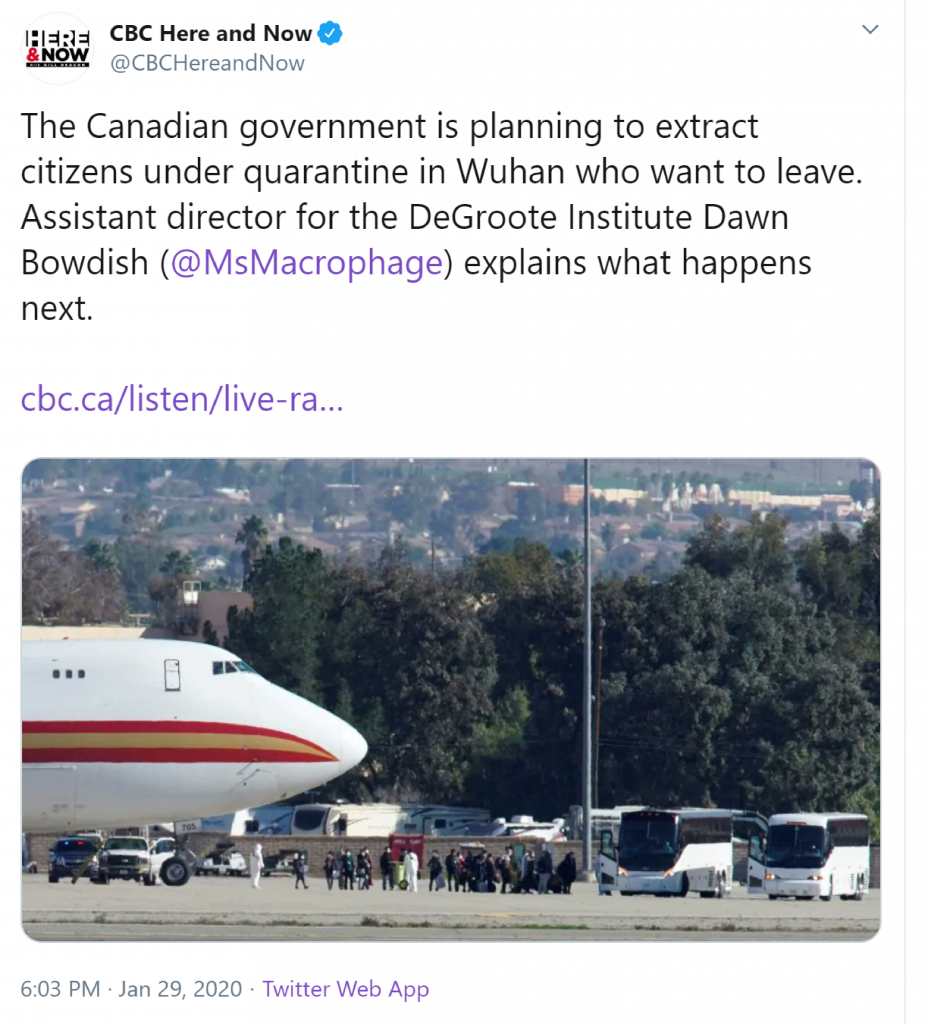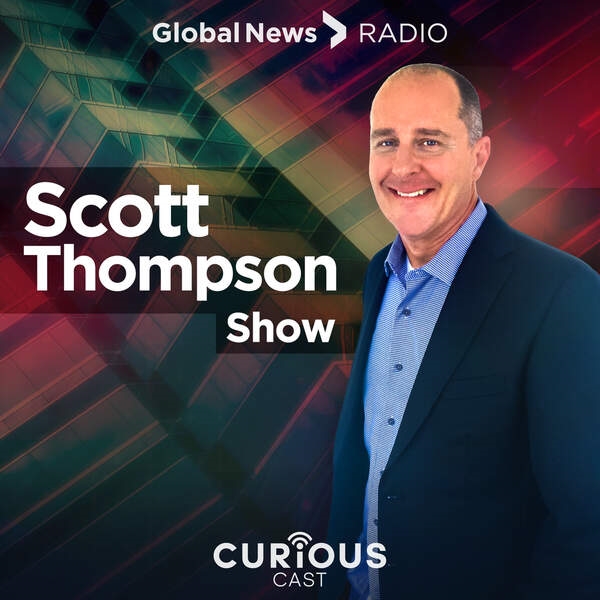See Dr. Bowdish’s op-ed piece in the Globe & Mail.
The G&M article is paywalled so you can also read the text below with some additional links to relevant publications:
Dr. Dawn Bowdish is the executive director of the Firestone Institute for Respiratory Health, the Canada Research Chair in Aging and Immunity, and a professor of medicine at McMaster University.
Measles infections are on the rise, particularly in Europe and the U.S., while vaccination rates have declined – but too many have dismissed these trends, seeing measles as just a harmless childhood infection. But it is, in fact, the cause of the most deaths of all the vaccine-preventable infections. Canadian deaths from measles may be rare due to excellent medical care, but measles can have long-term consequences that are worth avoiding.
Before antibiotics were available, measles killed more people than influenza. When a child develops the high fever and rash characteristic of measles, the virus infects and destroys white blood cells, specifically those called lymphocytes. This leads to a period of immune-system suppression, where bacteria that normally live on and inside us without serious issue can cause deadly pneumonia or other infections.
With antibiotics, we can help children through this risky period, although the rise of antibiotic-resistant bacteria means that we can’t be as confident as we once were. What we can’t fix, however, is the damage that measles does to lymphocytes.
Our lymphocytes are essential to the generation of immune responses to new infections and vaccinations, but also in the system’s ability to “remember” the immune responses we’ve already generated. Measles infects and kills these critical immune cells. As a result, we know that a child who contracts measles will probably have more infections and more antibiotic prescriptions for at least five years after their infection, likely because they are getting sick with things that they once had immune protection from. We also know that even as their lymphocyte numbers recover, some are lost and the quality of others are reduced. This is why deaths from many unrelated infections also decreased when the measles vaccines were rolled out; measles no longer caused those children to “forget” their learned immune response.
Measles during pregnancy is dangerous. Miscarriage, premature labour, congenital birth defects, neurodevelopment disorders, or even the death of both mother and baby are all very real possibilities. In some parts of the world, when a woman plans to get pregnant and there is any doubt about her vaccine status, her healthcare provider will test for antibodies to make sure she is protected or recommend vaccination. In Canada, however, this is rare. Pregnant women are often not against being vaccinated, but often feel that not getting vaccinated is safer than getting vaccinated. This, compounded by a well-organized and concerted misinformation campaign about the measles vaccine that began in the 1990s, means that many people born in this era are now entering their child-bearing years having never received their childhood vaccines.
Measles is the most infectious virus we know of, and the increasing number of measles infections locally and globally mean that we can expect to see its tragic effects in pregnancy once again. Midwives, family doctors, and caregivers need to recommend vaccination for measles and other vaccine-preventable infections in the strongest possible terms.
There are some “known unknowns” that make the recent measles outbreaks particularly worrisome. We don’t know whether measles-induced immune suppression will make COVID, respiratory syncytial virus (RSV), streptococcal infections and other surging issues worse. We don’t know what proportion of Canadians have waning measles immunity and whether this means we need booster campaigns. We don’t know if people on immunosuppressant drugs or chemotherapy have lost their protective measles immunity, and if they have, we don’t know if our long-term care homes and cancer centres are at risk of outbreaks – though we do know that our strained healthcare and public health systems are under-resourced and will struggle to cope.
Misinformation, pandemic-related gaps in vaccine delivery, and the continuing countrywide shortages of family doctors means that many Canadians have not been vaccinated. But it’s not too late. The National Advisory Council on Immunization has clear guidance on how people of any age can catch up on their vaccines. If you have any doubt as to whether you were vaccinated, especially if you are thinking about becoming pregnant, speak to your health care provider or public health unit. Even if it turns out you were vaccinated and didn’t know it, there is no safety concern around getting vaccinated again. Children can also be vaccinated if they’ve missed their vaccines for any reason. And we should continue to enforce existing rules that require vaccines to go to school and work in certain sectors.
The terrible consequences of measles in pregnancy and childhood were known to our grandparents and great-grandparents. They are not a lesson that any of us need to learn again.
See also: https://www.nature.com/articles/s41467-018-07515-0



